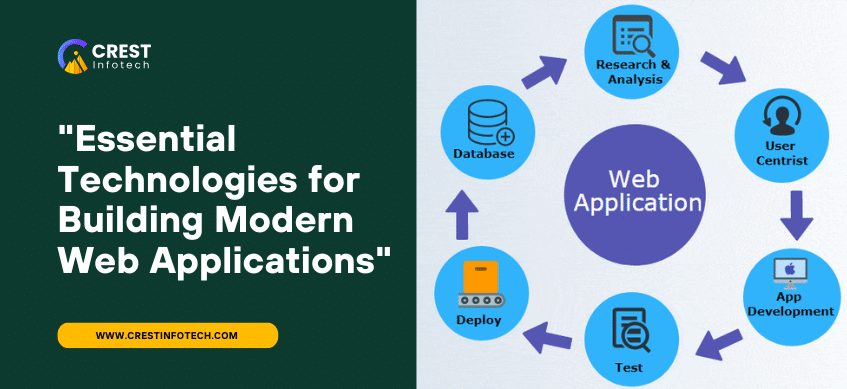Introduction
With the increasing demand for web applications, ensuring scalability and high performance has become crucial for developers and businesses. A scalable web app can handle growing traffic and data loads efficiently, while a high-performing app delivers a fast and seamless user experience. This article outlines the best practices, technologies, and strategies to build scalable and high-performing web applications.
1. Choose the Right Architecture
The foundation of a scalable web application starts with a well-structured architecture.
🔹 Monolithic vs. Microservices
- Monolithic Architecture: A single-codebase structure suitable for small projects but challenging to scale.
- Microservices Architecture: Breaks the application into independent services, allowing flexibility and better scalability.
🔹 Serverless Architecture
- Reduces infrastructure management.
- Scales automatically based on demand.
- Popular platforms: AWS Lambda, Google Cloud Functions, Azure Functions.
2. Use Efficient Backend Technologies
Choosing the right backend stack ensures fast performance and scalability.
🔹 Programming Languages & Frameworks
- Node.js – Asynchronous, fast, and great for scalable applications.
- Django (Python) – Secure and efficient for high-performance apps.
- Spring Boot (Java) – Ideal for enterprise applications.
🔹 Optimize API Performance
- Use GraphQL instead of REST for more efficient data fetching.
- Implement caching with Redis or Memcached.
- Enable compression (Gzip, Brotli) to reduce response size.
3. Database Optimization
A poorly optimized database can slow down an application and cause bottlenecks.
🔹 Choose the Right Database Type
- SQL Databases (MySQL, PostgreSQL) – Suitable for structured data.
- NoSQL Databases (MongoDB, Firebase) – Better for unstructured and large-scale data storage.
🔹 Database Best Practices
- Indexing: Improves query performance.
- Sharding & Replication: Distributes database load across multiple servers.
- Connection Pooling: Reduces latency for frequent database queries.
4. Implement Caching Mechanisms
Caching reduces the load on servers and improves response times.
🔹 Types of Caching
- Server-side caching: Redis, Memcached for frequently accessed data.
- Client-side caching: Storing data in the browser (LocalStorage, SessionStorage).
- CDN (Content Delivery Network): Caches static content for faster access.
5. Optimize Frontend Performance
A slow frontend negatively impacts user experience and engagement.
🔹 Best Practices for Fast Frontend
- Minify & Bundle Assets: Reduce CSS, JavaScript, and HTML file sizes.
- Lazy Loading: Load resources only when needed.
- Optimize Images & Videos: Use WebP format and compression tools.
🔹 Frontend Frameworks for Performance
- React.js – Virtual DOM for faster updates.
- Vue.js – Lightweight and flexible.
- Svelte – Compiles code for better runtime performance.
6. Leverage Cloud Computing & Auto-Scaling
Cloud services offer flexible and cost-effective scaling solutions.
🔹 Cloud Platforms
- AWS (Amazon Web Services) – EC2, S3, Lambda for high availability.
- Google Cloud Platform (GCP) – Scalable storage and compute services.
- Microsoft Azure – Enterprise-grade cloud computing.
🔹 Auto-Scaling Strategies
- Horizontal Scaling: Adding more servers.
- Vertical Scaling: Increasing server resources (CPU, RAM).
- Load Balancing: Distributes traffic evenly across servers.
7. Monitor & Optimize Performance Continuously
Performance monitoring helps identify and fix issues before they impact users.
🔹 Monitoring Tools
- Google Lighthouse – Measures frontend performance.
- New Relic, Datadog – Monitors server and API performance.
- Sentry – Tracks errors and bugs in real time.
🔹 Performance Optimization Techniques
- Reduce unnecessary API calls.
- Implement asynchronous processing for background tasks.
- Use progressive web apps (PWAs) for faster load times.
Conclusion
Building scalable and high-performing web applications requires a strategic approach that combines efficient architecture, optimized databases, caching, frontend best practices, and cloud scalability. By implementing these best practices and leveraging modern technologies, businesses can deliver fast, reliable, and scalable applications that enhance user experience and drive growth.



